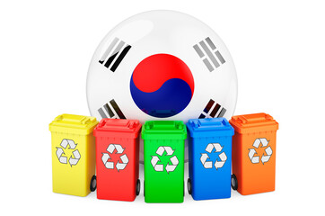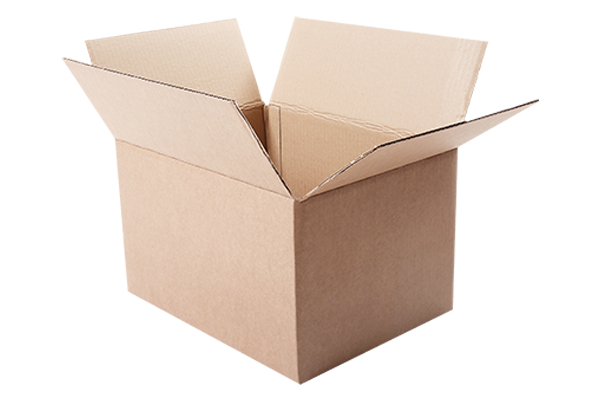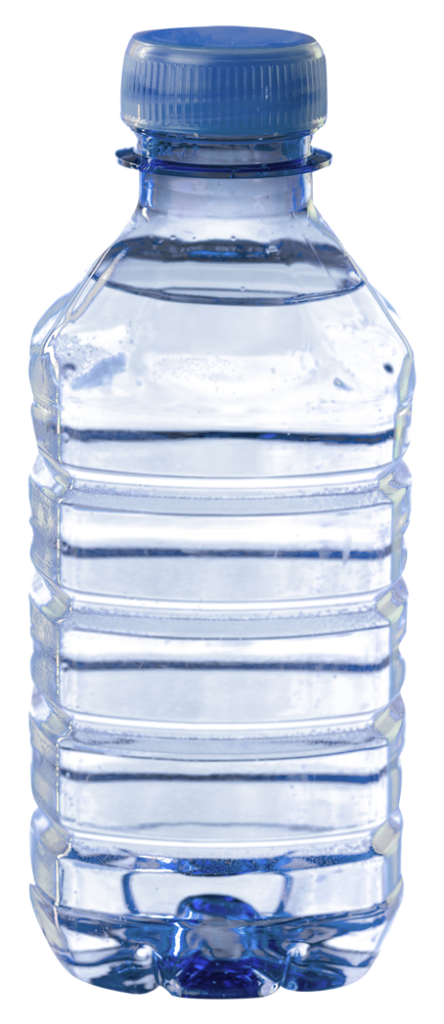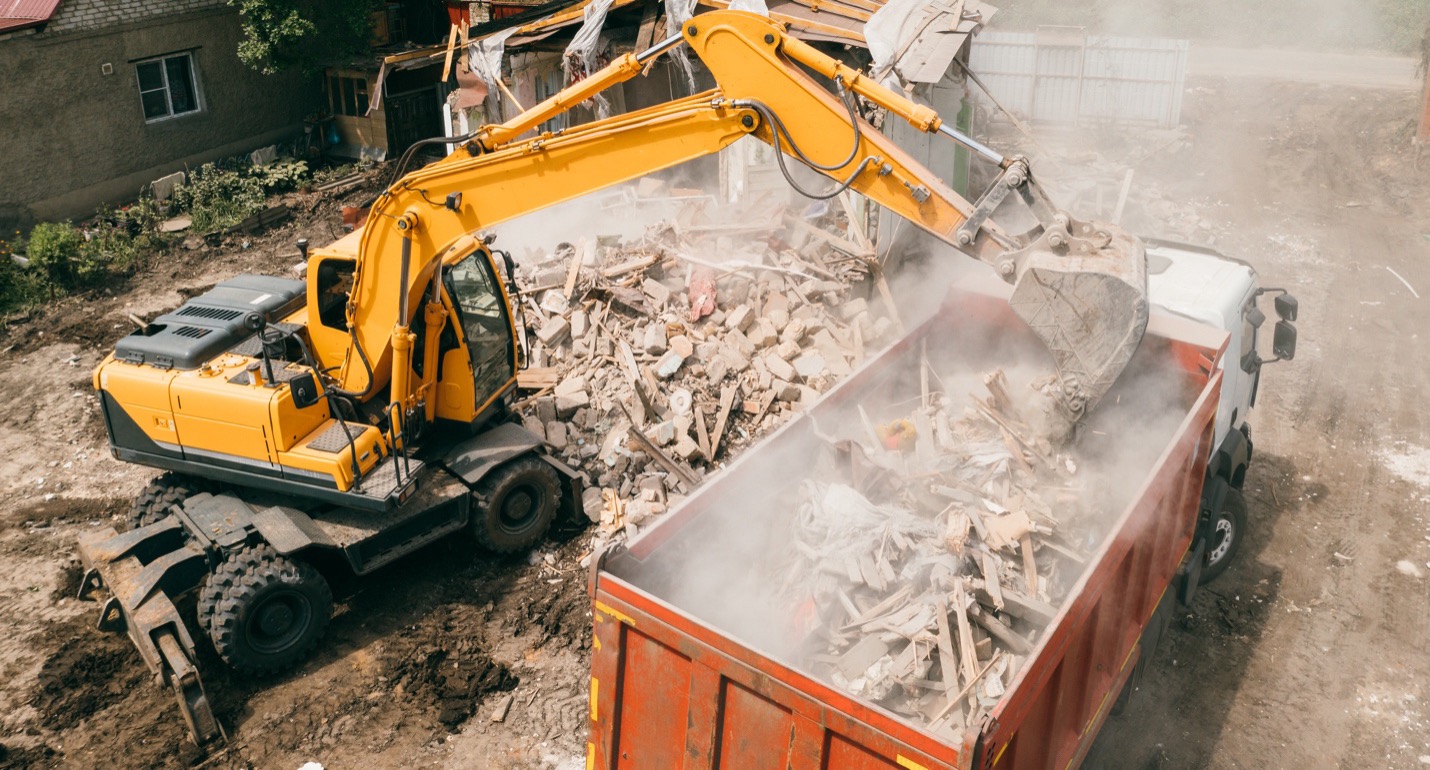PLASTIC BOTTLES EVERYWHERE
When we think of recycling plastics, a single-use beverage container often comes to mind. This is no accident since this type of plastic is one of the most highly produced types. Plastics connection to oil production isn’t readily apparent, but most plastics are made from crude oil or natural gas. This raw material is processed into ethylene and propylene which get combined to create polymers which are useful for producing plastic products. There are seven different classifications of plastics, each of which has a resin code (#1 though #7). Most bottles are code #1, one of the easiest plastics to recycle.
The original production of a plastic bottle in a factory uses primary, or virgin plastic. When that bottle is recycled and reused to produce another bottle, it is referred to as secondary plastic. Since these plastics originate from hydrocarbons, as the price of oil goes up the price of virgin plastic increases and the demand for secondary plastic goes up. Of course this can happen in reverse as well. Dropping oil prices can make the secondary plastic seem very expensive and reduce the demand.
THE PLASTIC BOTTLE MARKET
 In the U.S., according to a study conducted by the Earth Policy Institute, more than 17 million barrels of oil are used annually to satisfy Americans’ demands just in manufacturing water bottles. To understand the scale, in 2022, the U. S. total consumption was about 20 million barrels of petroleum per day, or a total of about 7.4 billion barrels of petroleum annually. This means that the amount of petroleum for water bottles is just 0.2% of all the petroleum used in the U.S. So even though 17 million barrels of oil seems like a large number, it is such a small part of the total that the secondary plastics market has virtually no leverage over pricing. And the current trend is rising prices.
In the U.S., according to a study conducted by the Earth Policy Institute, more than 17 million barrels of oil are used annually to satisfy Americans’ demands just in manufacturing water bottles. To understand the scale, in 2022, the U. S. total consumption was about 20 million barrels of petroleum per day, or a total of about 7.4 billion barrels of petroleum annually. This means that the amount of petroleum for water bottles is just 0.2% of all the petroleum used in the U.S. So even though 17 million barrels of oil seems like a large number, it is such a small part of the total that the secondary plastics market has virtually no leverage over pricing. And the current trend is rising prices.
So the question arises – why bother with recycled plastic bottles at all? There are several reasons:
- Even though secondary plastics pricing can vary with the price of oil its utilization is very low right now. Only about 10% of bottles are getting recycled at present and efforts by some trade groups are trying to bring that up to 50% or more.
- Non-recycled bottles create trash and end up in landfills or in the ocean. Manufacturers know that consumers aren’t happy with this situation and are looking to the manufacturers to assume responsibility to pull these plastics back into the recycle economy.
- Manufacturers don’t need to use 100% recycled plastic to get credit at the consumer level for being a “green” manufacturer. Most bottle makers will use anywhere from 5% to 25% post- consumer secondary plastic to make recycled bottles.
- The more plastic that can be pulled into the circular economy, the more stable the supply of recyclable bottles. This, in turn, helps to smooth out pricing bumps tied to crude oil pricing.
- Recent legislation was passed in the U.S. that levies a fee on the use of virgin plastic, to create a more level playing field between virgin and secondary plastic for bottles.
WHAT EFFORTS ARE UNDERWAY?
People respond to financial incentives. That’s no secret. There are several fronts where legislation and in some cases industry trade organizations are stepping in to incentivize recycling. There is no question that the trash that ends up in landfills, on the streets and in the ocean is undesirable. In fact, when polled, over 85% of people recognize it as a significant problem.
Legislatures are looking at plastic use taxes that will help create funding for building infrastructure and awareness. In states that have a bottle deposit program, recycle rates are significantly higher than those states without such programs.
So what is being done internationally? In 2022,the United Nations Environmental Assembly adopted a resolution to work cooperatively to build an international agreement by the end of 2024 of how to handle plastics in the environment. They have a specific focus on microplastics, but the overall objective is reduction of plastics in the environment.
 In 2018, South Korea was able to recycle 80% of their plastic. This places them at the top of the international plastic recycling list. It also serves as an example that this level of recycling is within the grasp if the will is there.
In 2018, South Korea was able to recycle 80% of their plastic. This places them at the top of the international plastic recycling list. It also serves as an example that this level of recycling is within the grasp if the will is there.
It is recognized worldwide that infrastructure for recycling is not adequate to the needs. The American Beverage Association has pledged to invest nationwide on improving awareness with a program that kicked off in 2019. In addition they are investing $100 M in grants to cities to improve their collection efforts.
These are just a few examples to illustrate the level of commitment at the highest levels of government and private industry.
THE LONG TERM
For now the recycling of plastics is still somewhat problematic. Though it’s helpful to know that there are lots of efforts underway to create a robust market for plastic recyclables, the reality today is recycled plastics are still competing with virgin plastic. Nonetheless, supporting the use and recycling of plastics is still worth doing, for the social and health benefits alone. With all the effort focused on cleaning up the environment, there will come a time, soon, that recycled plastics will be on par with new plastics. And those that have helped support the recycling effort by continuing to actively help recirculate used plastics will be the first to benefit.
To learn more about Evergreen Recycling and their recycling and waste management programs visit their web site at: Evergreen Web Site
You can also reach out to them directly through this contact link: Contact Evergreen or give them a call at (817) 293-4400








